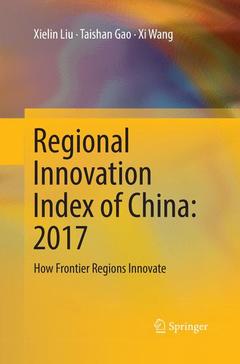Professor Xielin LIU, born in 1957, is a professor in School of Economics and Management, Director of Research Center for Innovation and Entrepreneurship, University of Chinese Academy of Sciences. He was a research fellow in Chinese Academy of Science and Technology for Development, Ministry of Science and Technology(1996-2006) and professor in Tsinghua University from 1985-2006.
Born in September 25, 1957, BSc, Peking University, 1982; M.SC, Chinese Academy of Science; PHD,1994, Tsinghua University.
His research areas mainly cover innovation management and policy, globalization of technology and innovation. He has published a lot of papers in Research Policy, Technovation, Journal of Management Studies and International Journal of Technology Management. He served as editor for Research Policy and other journals. He coauthored two books in English, Environmental Innovation in China(WIT,2012) and Innovation, Technology Policy and Regional Development with Tim Turpin (Edward Elgar, 2003).
Taishan GAO, born in 1987, is an associate professor at State Information Center, China. He got his PHD from University of Chinese Academy of Sciences in 2014. His research mainly focuses on regional innovation, sharing economy and information society. He is the deputy Secretary-General of Centre for Sharing Economy Research. In recent years, he has published several papers in journals like Research Policy, Technological Forecasting and Social Change.
Xi WANG, born in 1990, is a PhD student in Sino-Danish College, University of Chinese Academy of Sciences. Her main research interests are innovation ecosystem, regional innovation, industrial upgrading, etc. In recently years, she has coauthored several books on enterprises’ breakthrough innovation and regional innovation-driven development models of China.




